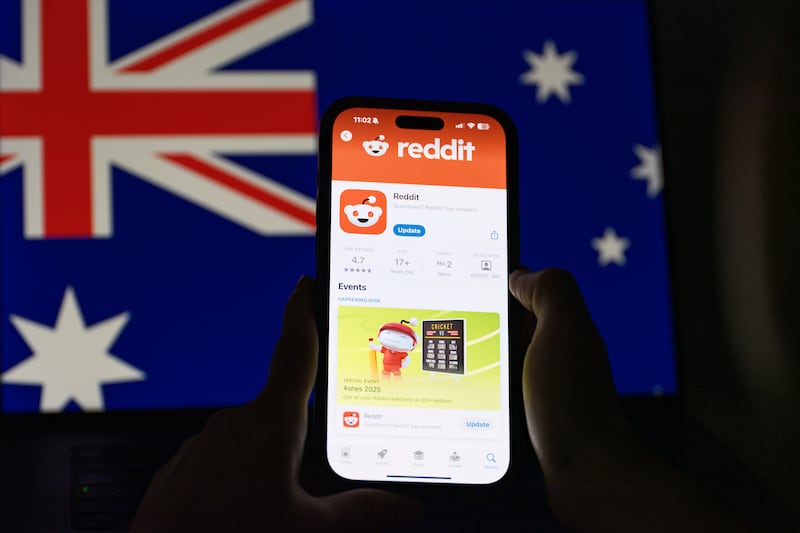For years, payments industry insiders have been skeptical of the rise of the mobile wallet, a vision of the future where customers eschew wallets for credit cards stored on their smartphones. And then came Apple Pay.
The new product, which lets customers pay for items in retail stores with a wave of their iPhone, has seen more adoption from banks, retailers and credit card companies than previous offerings from Google or cellular carriers like Verizon and AT&T. And while it's too early to say the product is a mainstream hit, early data suggest that some early adopters are eager to try the new form of payment.
But while Apple has done a lot to help usher in the new form of payment, experts say Apple Pay’s success lies in the hands of the people behind the counter. “I do expect that over time Apple’s mobile wallet will have greater success than Square Wallet, Google Wallet, or V.me,” said Dene Carrington, a payments analyst for Forrester Research, in a blog post. “But an elegant user experience won’t be enough to do it.”
“Merchants will determine whether Apple’s mobile wallet lives or dies,” she said. Naturally, two months after the introduction of Apple Pay, I decided to see how well merchants were in handling the new product. Below is my recent daylong experience of trying to buy various things at a random sampling of retailers in Manhattan that accept Apple Pay.
Toys "R" Us ? Midtown, 11:55 am.
Battery: 68 per cent
The Toys “R” Us in Times Square is one of the largest toy stores in the world ? 110,000 square feet, and almost always crowded. In theory, a product like Apple Pay, which is meant to speed up the check-out process, would be perfect for such an environment.
I grabbed a miniature stuffed giraffe and headed to the long check-out line. My cashier was a nice woman who immediately knew what I meant when I asked if the store took Apple Pay. Not only did she know about Apple Pay, she knew other mobile wallets like Softcard, Google Wallet and PayPal; Toys "R" Us accepts them all. Lately, she said, many more people were using their phones to pay for things. She couldn't tell me how many more people, just that the number was increasing.
While the store obviously trained her well, my experience was not seamless. The payment terminal timed out the first time I tried waving my phone over it. It worked on the second try, but I still had to tap through three or four prompts on the terminal screen. Did I want to donate money to a cause? Is this purchase amount correct? But in all, the cashier made it a pretty nice experience.
McDonald’s Midtown, 12:31 pm
Battery: 59 per cent
I arrived at McDonald’s during the lunch rush. I hoped this would be an instance in which I’d be helping the cashier by paying quickly to speed up the line. It didn’t go as I had hoped. I ordered a four-piece chicken nuggets (and, natch, a side of self-loathing), and asked if they supported Apple Pay. The cashier gives me a sour look. Although a screen on the payment terminal said McDonald’s accepted Apple Pay, she looked at me like I was speaking a dead language.
I hold my phone up and point to it, hoping she gets the pantomime. She shrugs, points to the terminal without saying a word. Despite this communication mismatch, I wave my phone over the terminal and it accepts my payment quickly. The lunch crowd made the experience extra hectic, so the few extra seconds of misunderstanding in our interaction held up my line more than it should have. People in the lines next to me gave me strange looks. That did not surprise me.
Staples Midtown, 1:21 pm
Battery: 41 per cent
The store was almost empty of customers. I grabbed a set of ballpoint pens and headed to the cash register, where there were no signs indicating that I could use Apple Pay. Like the McDonald’s employee, my cashier had no idea what Apple Pay was, and shrugged and pointed to the terminal. I did it, but the process was interrupted when she asked me if I had a Staples loyalty card. I do, but Apple Pay does not sync with any loyalty cards you may have, which is a pain. The question broke up the checkout process, negating the seamless feeling of the transaction.
Panera Bread Midtown, 1:25 pm
Battery: 40 per cent
Another stop at a restaurant still in the throes of the lunch rush. Fortunately, the employee knew exactly what I was talking about when I asked if the restaurant accepted Apple Pay. I waved it over the terminal, and it was accepted without a problem. But again, like Staples, I wasn’t able to connect a Panera loyalty card with the Apple Pay swipe. This is an issue Apple clearly needs to consider; not only will it make transactions quicker, it could help merchants capture more information on shopping habits.
Lyft Midtown, 1:55pm
Battery: 31 per cent
The absolute easiest use of Apple Pay isn’t even as a mobile wallet: It is best used inside mobile apps as a form of payment. I summoned a car using Lyft, a popular ride-hailing app, and used Apple Pay instead of my credit card. After being dropped off in Union Square, Lyft automatically charged my Apple Pay account. I didn’t have to do a thing.
Babies “R” Us Union Square, 2:45 pm
Battery: 26 per cent
While the cashiers were adept at calming the nerves of frazzled parents doing their holiday shopping, they were less experienced at handling mobile payments. I tried waving my phone over the payment terminal four times to buy a pack of Teenage Mutant Ninja Turtle Band-Aids, to no avail. The cashier shrugged, and I ended up having to resort to paying with cash.
Whole Foods Union Square, 3:05 pm
Battery: 23 per cent
Out of all the stores I went to that day, Whole Foods seemed to be the most knowledgeable about Apple Pay. The cashier knew exactly what I wanted when I pulled out my phone. He said maybe three out of every 20 customers that he checks out use Apple Pay or some form of mobile payment to buy their groceries. This is anecdotal evidence, but it is still much more than I would have anticipated for a new form of payment. The cashier actually enjoyed talking about Apple Pay, and was well-trained on how to process it. The seamless experience at Whole Foods makes sense. Apple’s relatively affluent customers seem to have significant overlap with the people who shop at the high-end grocer. It shouldn’t be surprising, then, that the store is ready for the technology.
Over all, though, my day of shopping showed that retailers and their cashiers have room for improvement when it comes to accepting and understanding mobile payments. But it is early days for Apple Pay, and as many have noted, it will most likely be years before any mobile wallet truly enters the mainstream.
After I exited the Whole Foods building, I walked through an open-air market across the street in Union Square. I asked a shopkeeper at a small bakery stand how much it cost to buy one of his gingerbread men. He told me $6. He did not accept Apple Pay.
New York Times

















